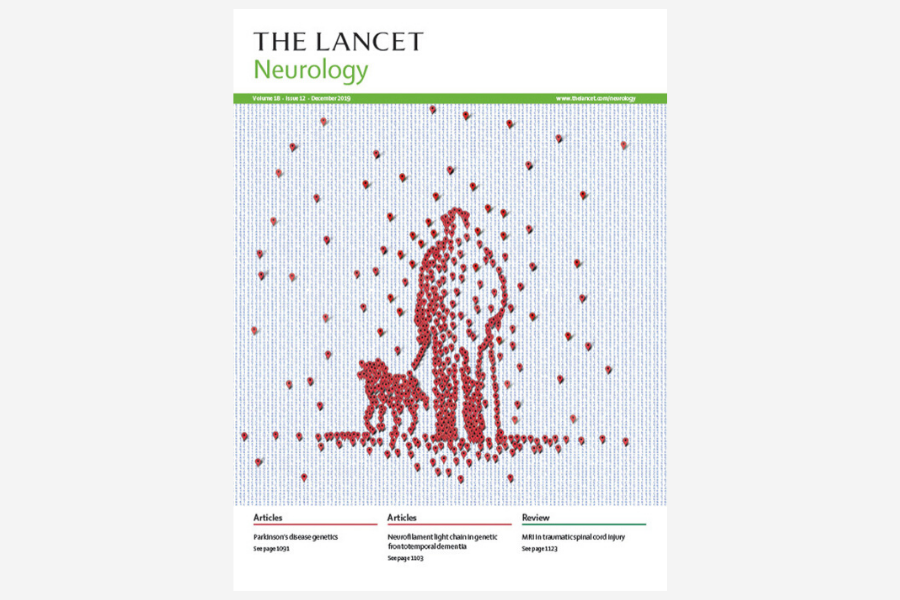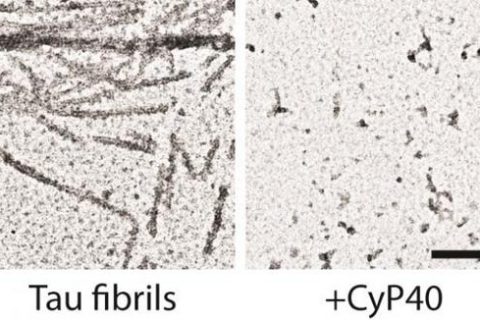
An exoskeleton controlled by an epidural wireless brain–machine interface in a tetraplegic patient: a proof-of-concept demonstration
The Lancet Neurology
Fecha de publicación: 3 October 2019
DOI: https://doi.org/10.1016/S1474-4422(19)30321-7
Autores: Prof Alim Louis Benabid, MD., Thomas Costecalde, PhD
Andrey Eliseyev, PhD., Guillaume Charvet., Alexandre Verney., Serpil Karakas., et al.
Background: Approximately 20% of traumatic cervical spinal cord injuries result in tetraplegia. Neuroprosthetics are being developed to manage this condition and thus improve the lives of patients. We aimed to test the feasibility of a semi-invasive technique that uses brain signals to drive an exoskeleton.





